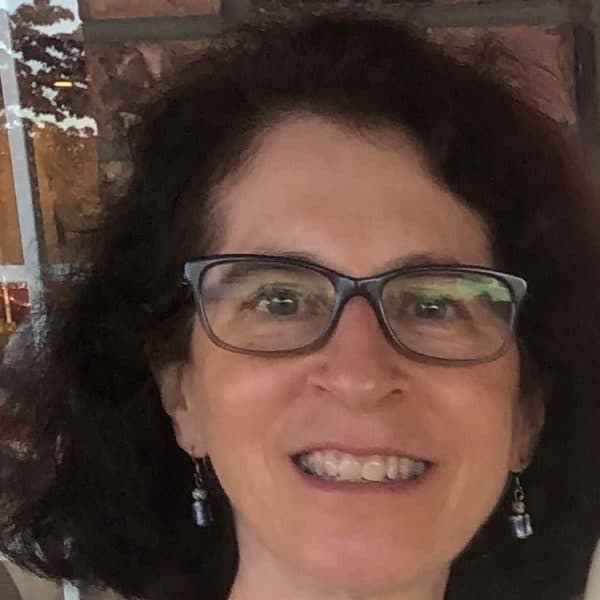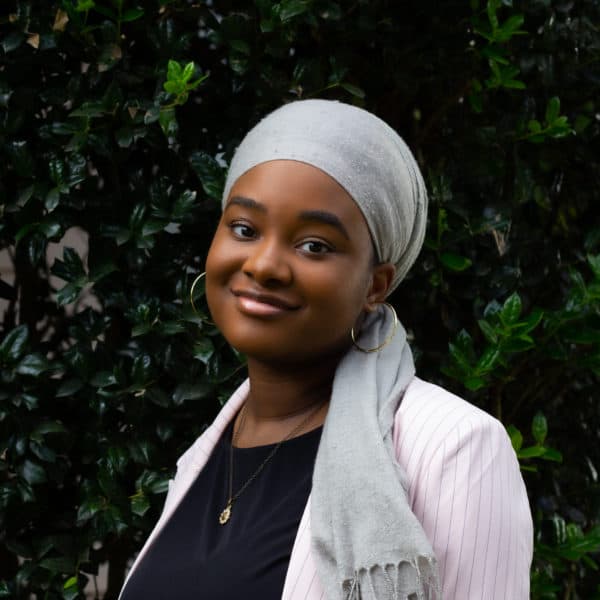Advertisement
Historic bowling alley tied to 1968 Orangeburg massacre gets restored to commemorate the tragedy
Resume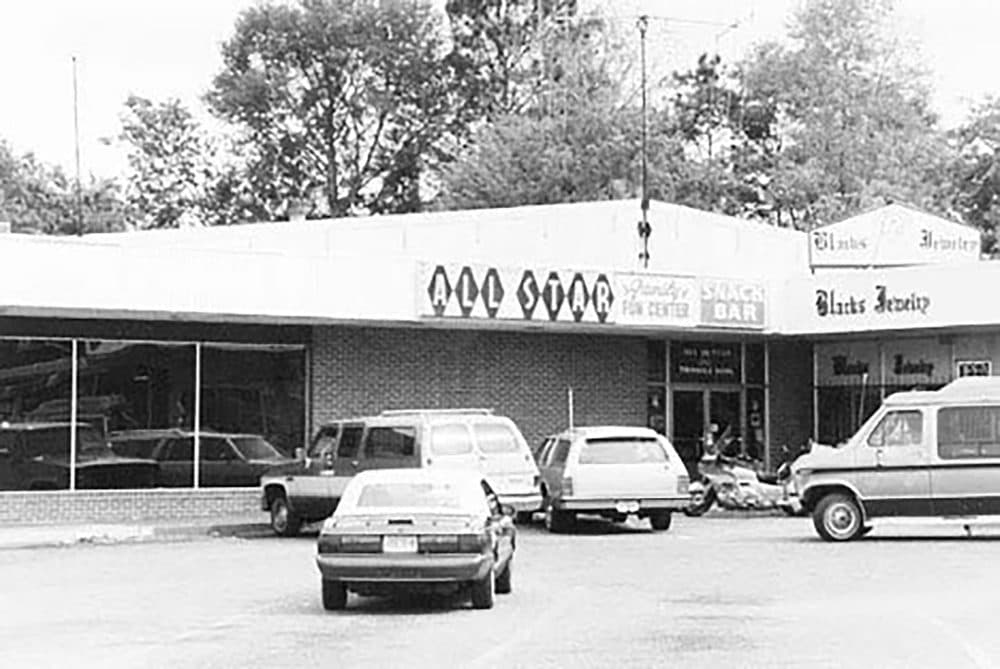
On Feb. 8, 1968, a peaceful civil rights protest turned deadly when state police opened fire. Three people were shot dead and dozens left injured on the South Carolina State University campus in the city of Orangeburg.
Students from South Carolina State University and Claflin University joined protests at a downtown bowling alley that refused to desegregate on Feb. 5. During the second night of demonstrations, police clubbed protesters and eight students landed in the hospital. Three days later, SCSU students Samuel Hammond Jr. and Henry Smith were killed, along with high school student Delano Middleton.
The shootings at Orangeburg received little national attention compared to the Kent State massacre two years later. But now, after 54 years, plans are underway to restore the bowling alley where the protests started and to tell the story of the Orangeburg massacre while highlighting civil rights.
Nonprofit Center for Creative Partnerships is working to restore the bowling alley. President Ellen Zisholtz described the project as, “the first-ever civil rights bowling lanes.”
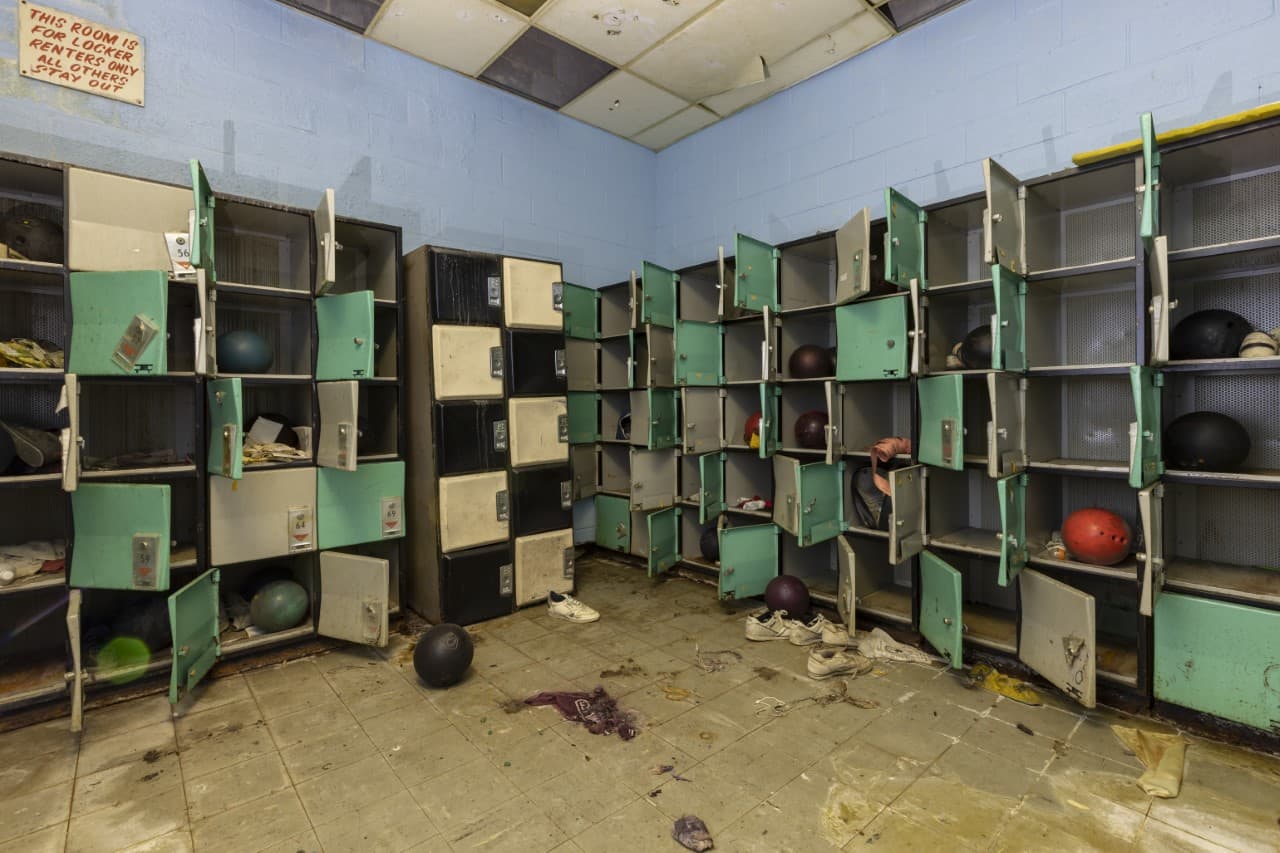
“We will have TVs above all the lanes and there will be some scores on those,” Zisholtz says. “But when somebody hits a strike or a spare, it's going to light up with a fact about either the massacre or civil rights.”
The Center for Creative Partnerships also plans to turn the space next door into a cultural center with a museum and performance spaces, she says.
Zisholtz also works with survivors of the shooting such as Cleveland Sellers, the only protester arrested the night of the shooting.
“The gunfire went off and we all went to the ground. I got shot when I was going down,” Cleveland Sellers said in an interview with C-SPAN in 2018. “I did the belly flop. I wanted to get down quickly.”
Cleveland Sellers could hear other students moaning in pain and calling for help after being struck. He was taken to a hospital and later arrested by the sheriff. Contrary to what Gov. Robert McNair and the state of South Carolina said, Cleveland Sellers says the students were peacefully protesting.
For Bakari Sellers, Cleveland Sellers’ son, the moment his father was shot and arrested remains poignant in his family’s history. Bakari Sellers, a lawyer and former South Carolina legislator, says the lives of those involved in the massacre were forever changed.
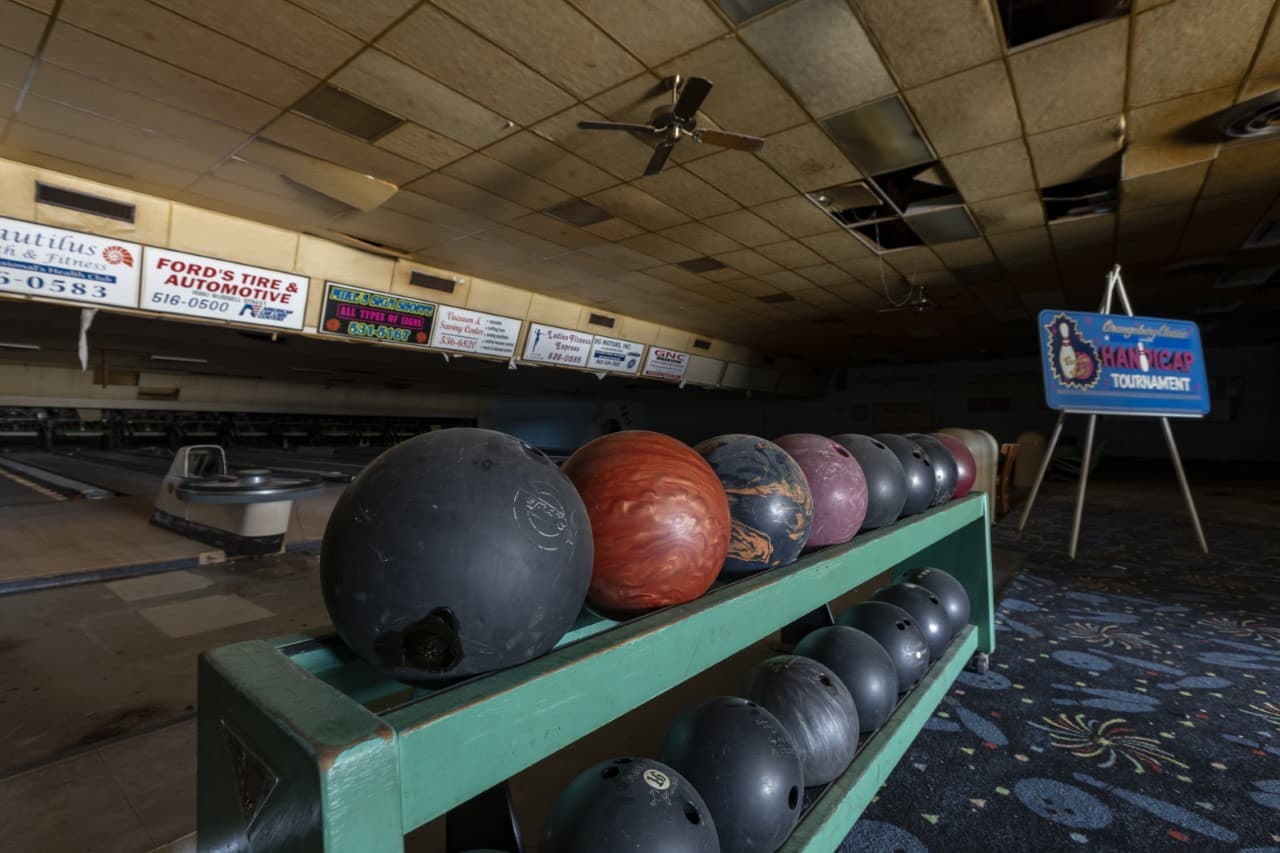
“It was a day, a moment in our history that the blood of my family literally runs through the soil of this great country,” Bakari Sellers says. “The pages of my state's history are stained because of it.”
Bakari Sellers draws a line from Smith, Hammond Jr., and Middleton to Trayvon Martin, Tamir Rice, and George Floyd. He lives for all of them and his father — his hero.
While Bakari Sellers is glad Orangeburg is getting recognition, he says there’s a greater need for justice and that history still labels his father as an agitator during the protests.
In 2003, then-Gov. Mark Sanford issued an apology, but there was never any restitution. It also took 25 years for Cleveland Sellers to receive a pardon. Bakari Sellers adds that his father isn’t the kind of person to wait around for recognition, but rather a humble man who takes walks every day and visits the post office or Dollar General just so he can talk to people.
“I don't think he needs the recognition as much as he's able to see his children grow up and carry on his legacy,” Bakari Sellers says. “And that's what we try to do. I think if I make him proud, then he will believe his life is fulfilled.”
Karyn Miller-Medzon produced and edited this interview for broadcast with Todd Mundt and Robin Young. Jeannette Muhammad adapted it for the web.
This segment aired on July 11, 2022.

